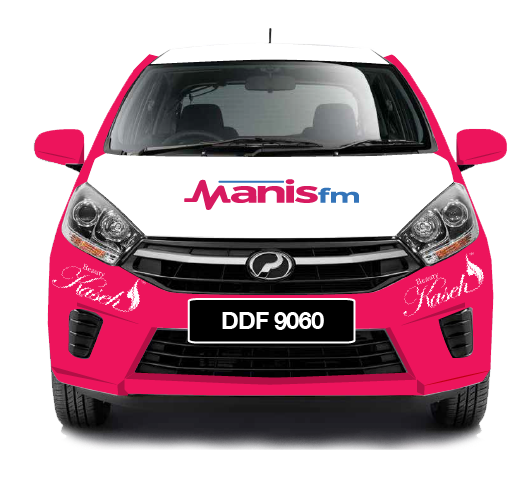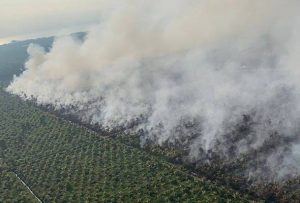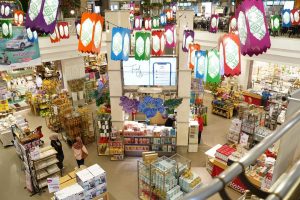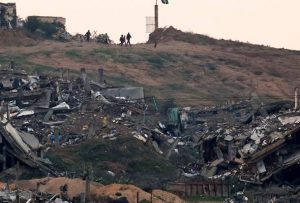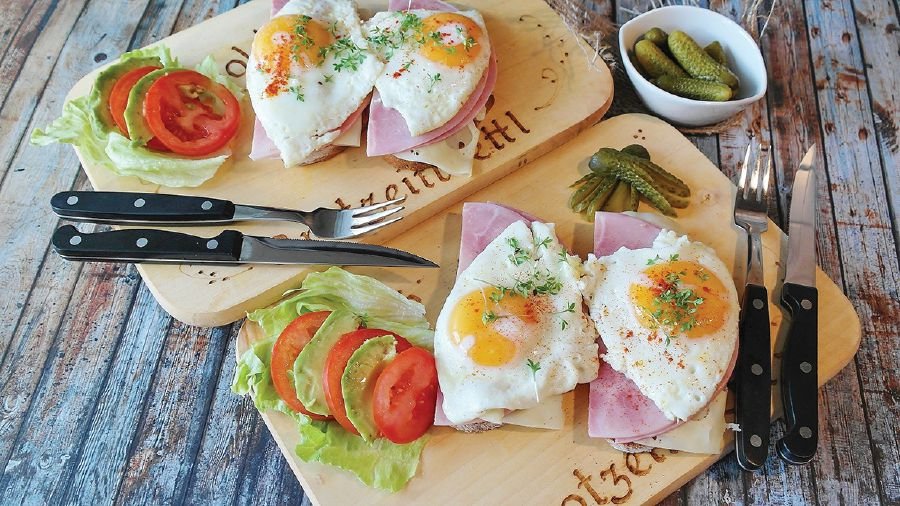
Every human have about 600 muscles in their body, each with a specific function like pumping blood, keeping the body warm and helping human lift heavy groceries. Human body at around 30, starts to gradually lose muscle mass in a process called sarcopenia.
As even the most vigilant among us often let exercise routines and good diets fall by the wayside as other priorities take precedence, it’s easy to chalk up our fatigue, dwindling strength and decreased activity levels simply to age.
But muscle loss happens gradually, often going unnoticed until a major hiccup happens in our health such as hospitalisation or sickness.
However, it is not inevitable if at your age you will losing muscle mass and strength.
The most important things we can do is maintaining our muscle health. However, doing so does not mean hours in the gym.
Abbott Malaysia medical director (nutrition) Dr Nina Mazera Mohd Said says, it is much easier than most people realise.
She advises people to first start analysing how they consume protein. It is recommended for each meal, the adults should consume around 30g of protein.
Dr Nina explains, “since muscle strength and muscle function are correlated, if we not getting enough protein in our diets, it can cause our body to tire faster and demotivates people from leading a healthy life.”
It is also realise that not all protein is created equal.
Eating more protein-rich foods does not necessarily means that you are getting good protein in the right amount for your body.
Moreover, older adults need to consume more protein-rich foods than younger adults. This is because of the ageing process and spread these intakes across their meals to maximise the benefits of protein.
Don’t Neglect Other Factors
In addition to protein, the real key to healthy ageing is good nutrition. To ensure that there are enough nutrients to meet our bodies’ needs, we need to consume a balanced and varied diet with nutrient-rich foods.
For example, adequate intake of vitamin D and calcium. It extremely important to help reduce the risk of fractures in adults.
So, next time, don’t be afraid to bask in a little bit of sunshine if you take a morning walk.
While filling our body with good nutrients, exercise is equally essential to building and maintaining muscle and strength as we age.
An ideal exercise plan includes aerobic workouts, going on walks and resistance or strength training.
It is also beneficial if you staying physically active daily by walking or carrying grocery bags.
The more active you are, the more reason to increase your protein intake that builds and repairs your muscles.
Ultimately, making the moves early can be the best way to have really good health down the road.
“Even if you think you may not need it now, you are going to need it at some point. Aim to be in your best possible shape and health as early as now,” says Dr Nina.
Dr Nina added, human should not wait to start the right diet and exercise only when their body starts giving warning signs.\
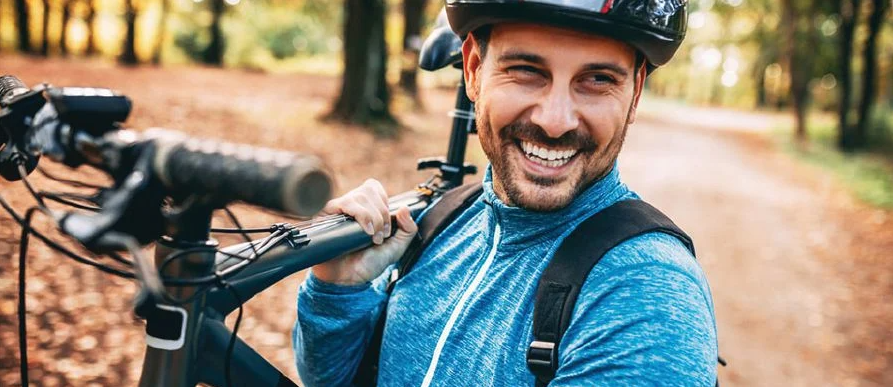
Rich Sources of Protein
Eggs – contain large amounts of amino acid leucine, important for muscle gain.
Salmon – has Omega 3 fatty acids which are important for muscle health.
Chicken breast – an 85-gram serving contains 26 grams of high-quality protein.
Tuna – large amounts of Omega 3 fatty acids and 20 grams of protein per 85-gram serving.
Soybeans – 14 grams of protein in half a cup of cooked soybeans.
Source: Meera Murugesan (NST.COM.MY)

